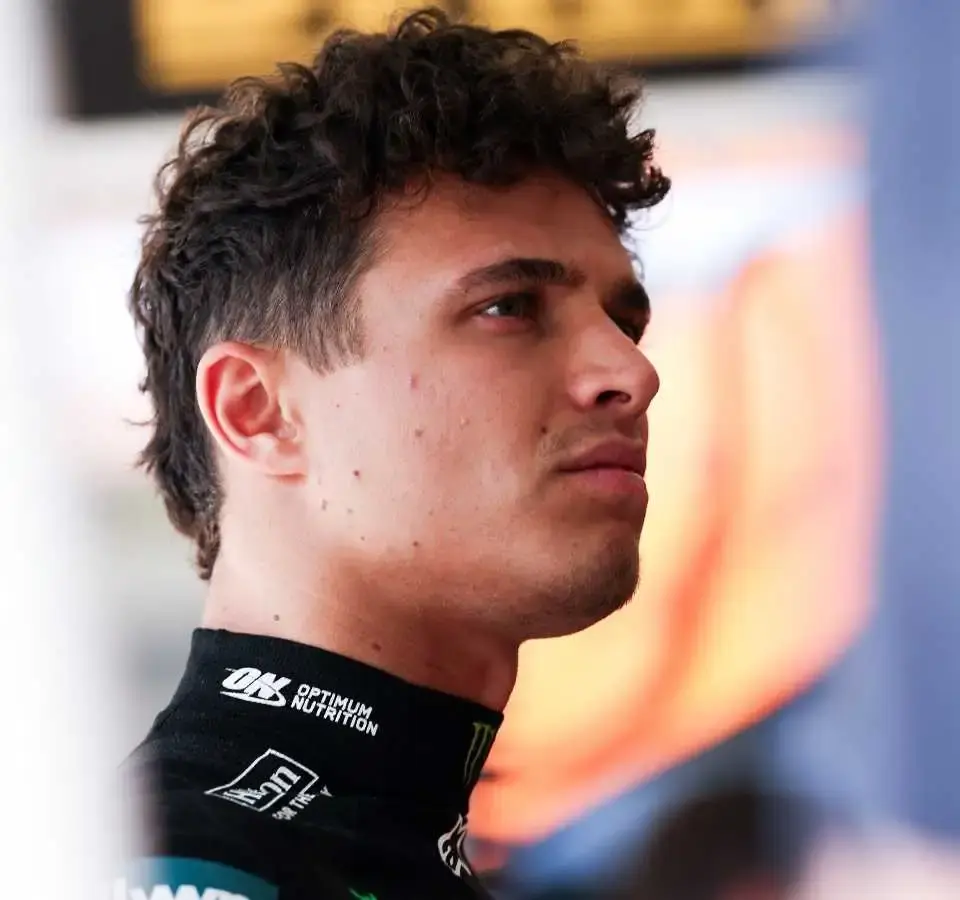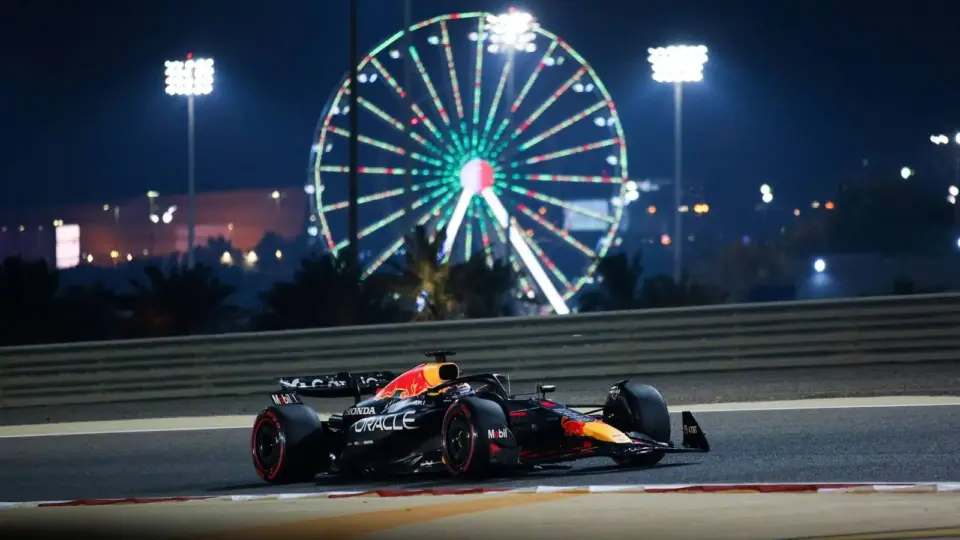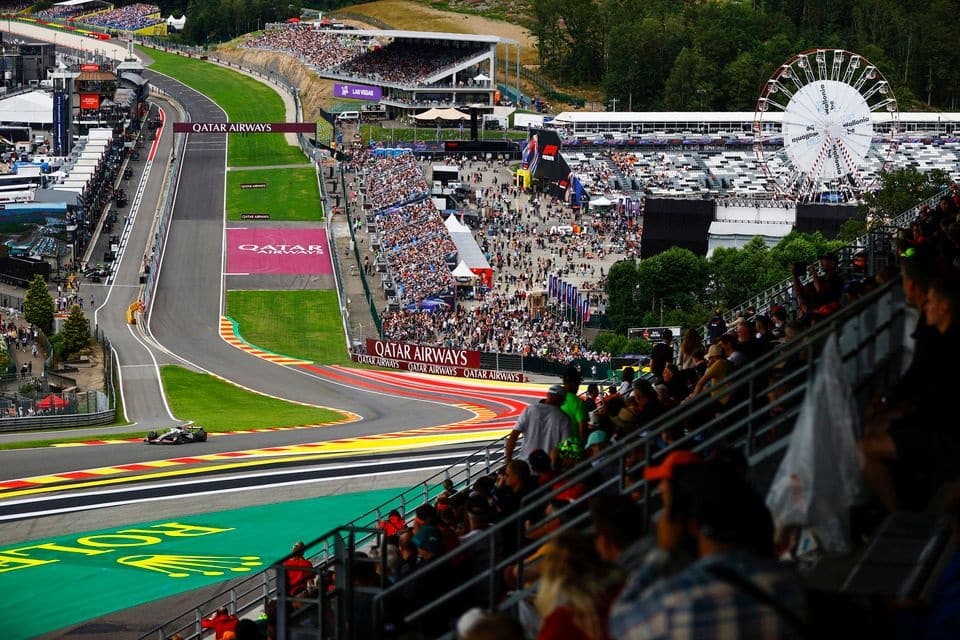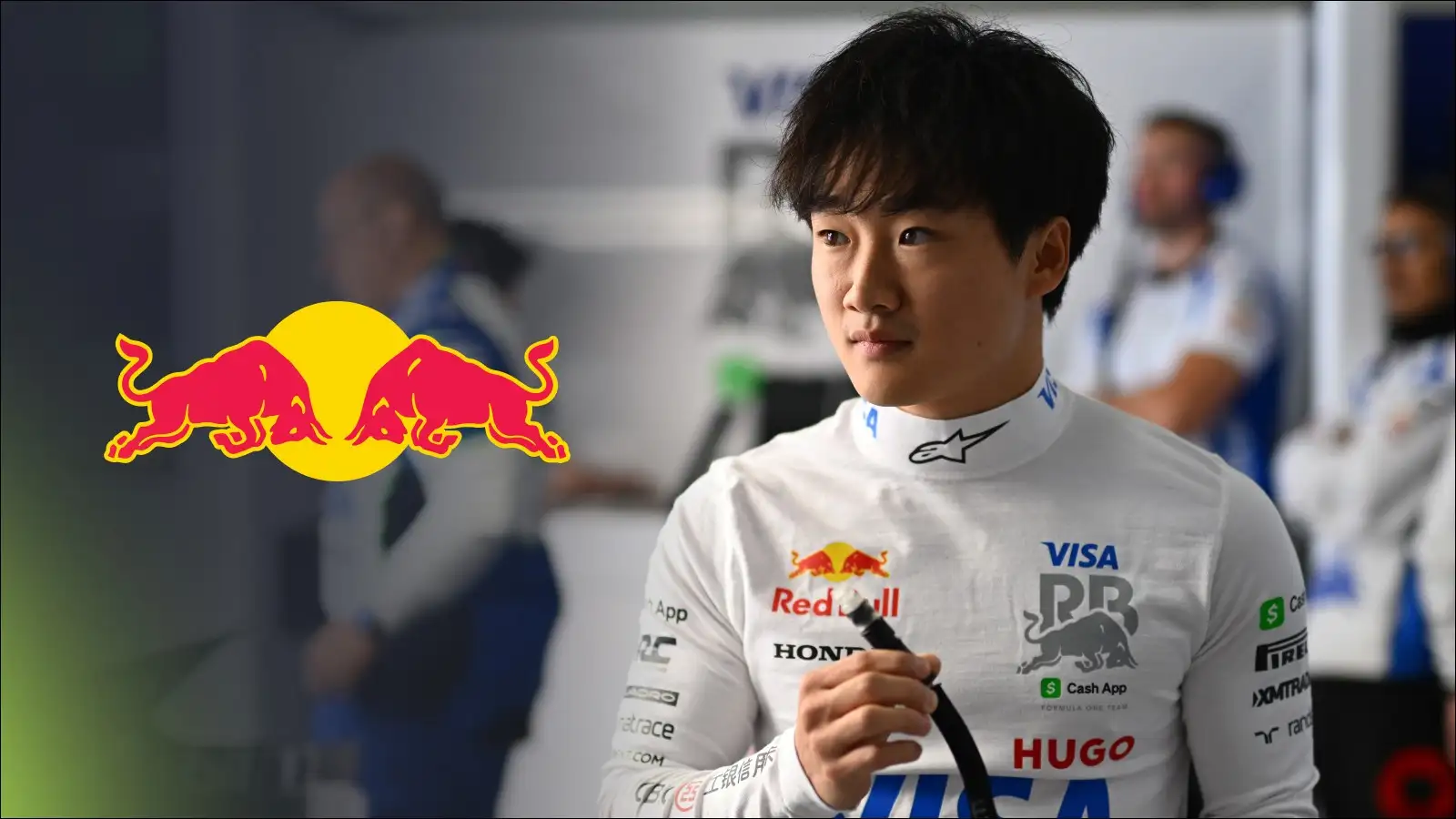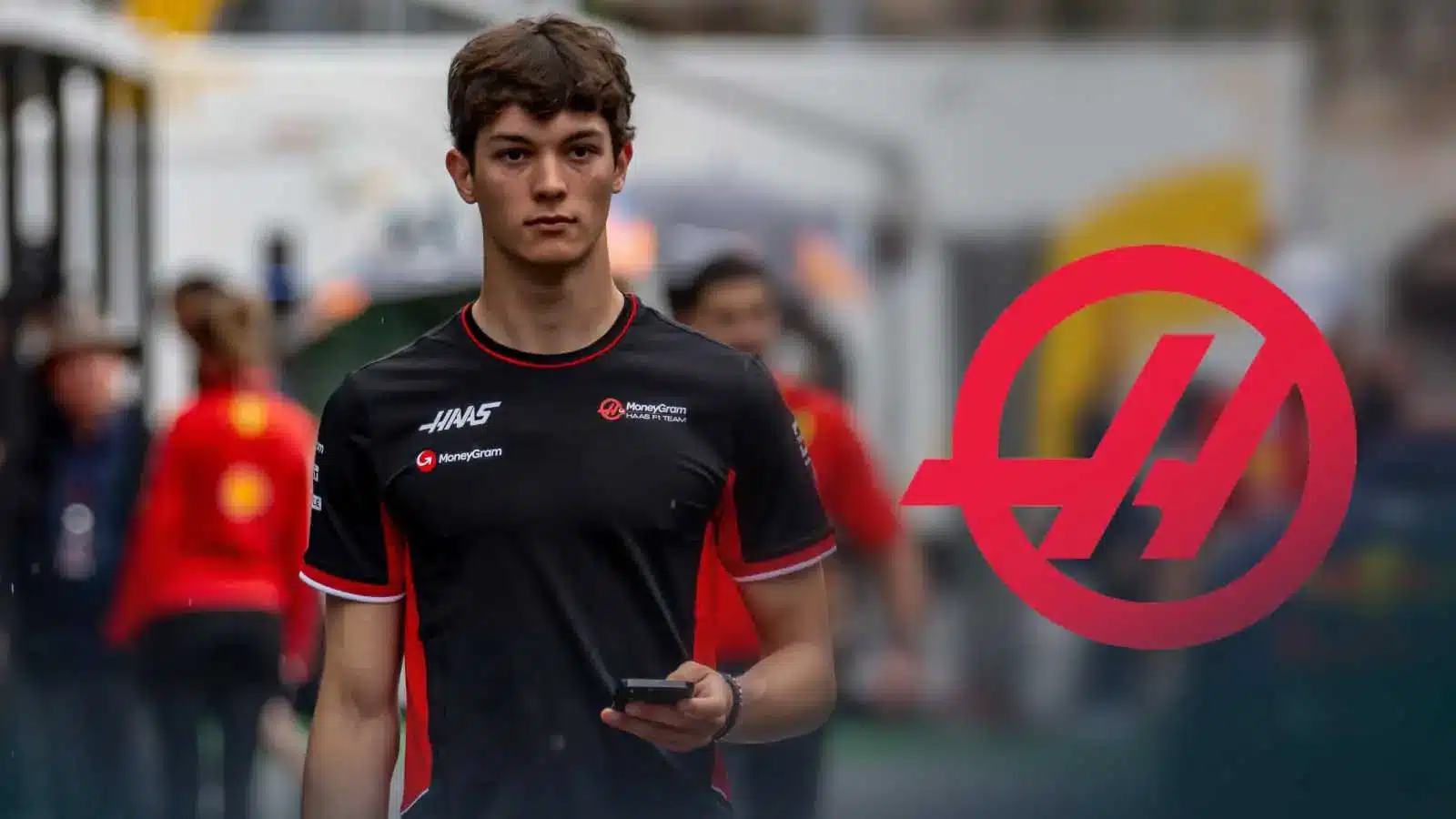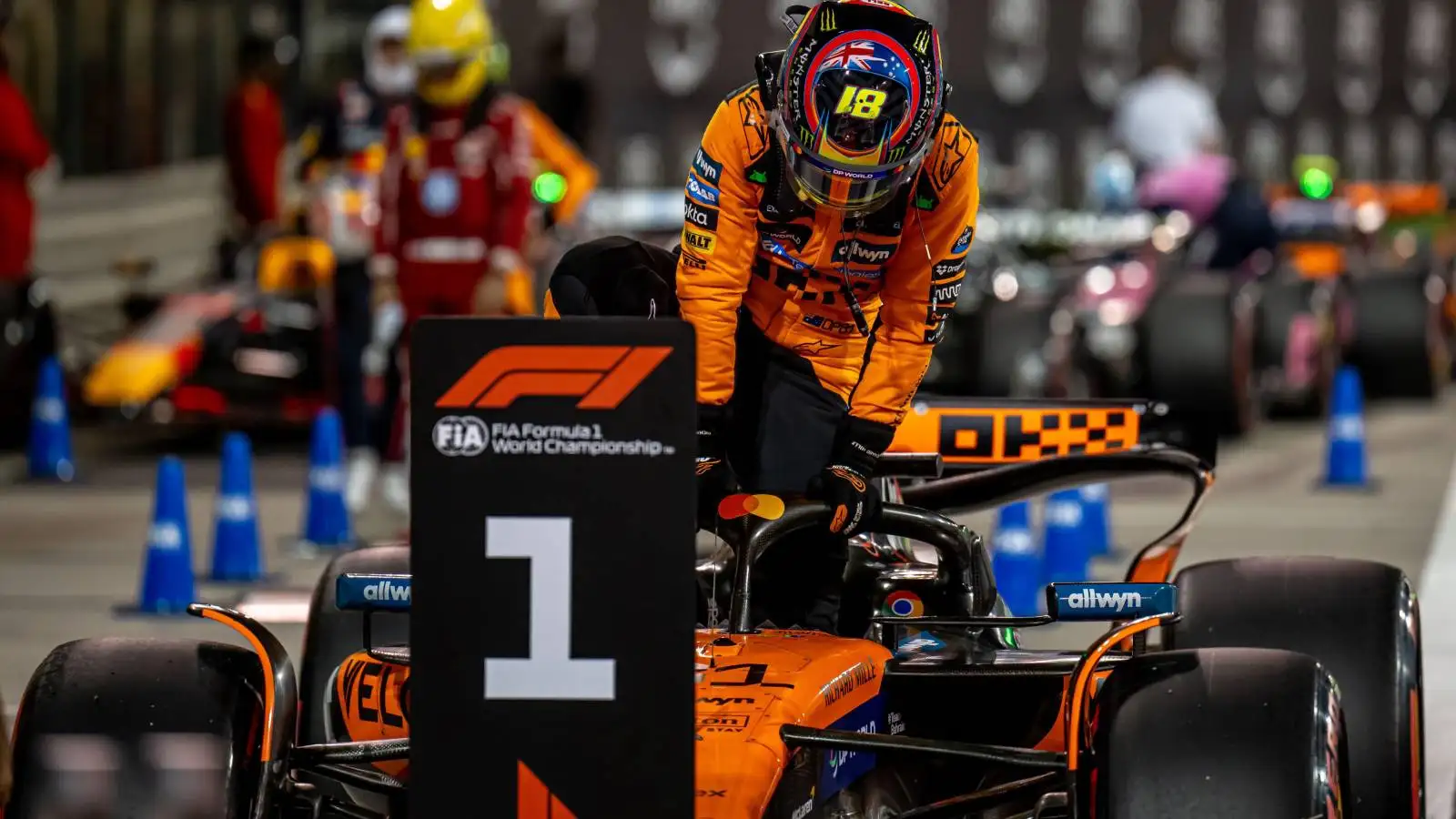Lando Norris, despite leading the Bahrain GP practice, voices doubts about McLaren’s real pace against competitors.
During the opening practice sessions of the Bahrain Grand Prix, McLaren seemed to hold a commanding lead. With Lando Norris topping FP1 and Oscar Piastri following suit in FP2, the team appeared in strong form. Despite this, Norris expressed skepticism about the perceived advantage. He described the practice conditions as ‘shocking’ due to the oppressive heat and strong winds, which made driving particularly challenging this weekend. ‘It felt dreadful,’ Norris commented, comparing the experience to the earlier dreamlike testing phase. He acknowledged that while the conditions were tough for everyone, the true test would come later with qualifying and the race itself.
Norris pointed out a common misconception among observers who merely glance at timing sheets. He believes the leaderboard times don’t tell the full story, suggesting teams, including McLaren, might not be showing their full capabilities yet. ‘Everyone just looks at the time sheets. They have no idea about the information on who turns up, who doesn’t,’ he noted. According to Norris, even with seemingly impressive times, McLaren should not assume they are quicker than rivals like Mercedes. He underlined that the real pace and performance are only evident during more critical race phases.
Despite his reservations, Norris recognized one area where McLaren may hold an advantage: tire management. Previous races have shown that McLaren’s cars tend to cope better with tire degradation, a factor that becomes crucial on Bahrain’s abrasive track surface under high temperatures. This could become a strategic asset when it comes time to push during the race.
In conclusion, while McLaren might have shown early potential in Bahrain, Norris urges caution. He stresses that practice results can be misleading without considering the broader strategic context and the unpredictability of race conditions.
Ultimately, the Bahrain GP may reveal whether McLaren’s practice pace was a mirage or a sign of true competitiveness.
